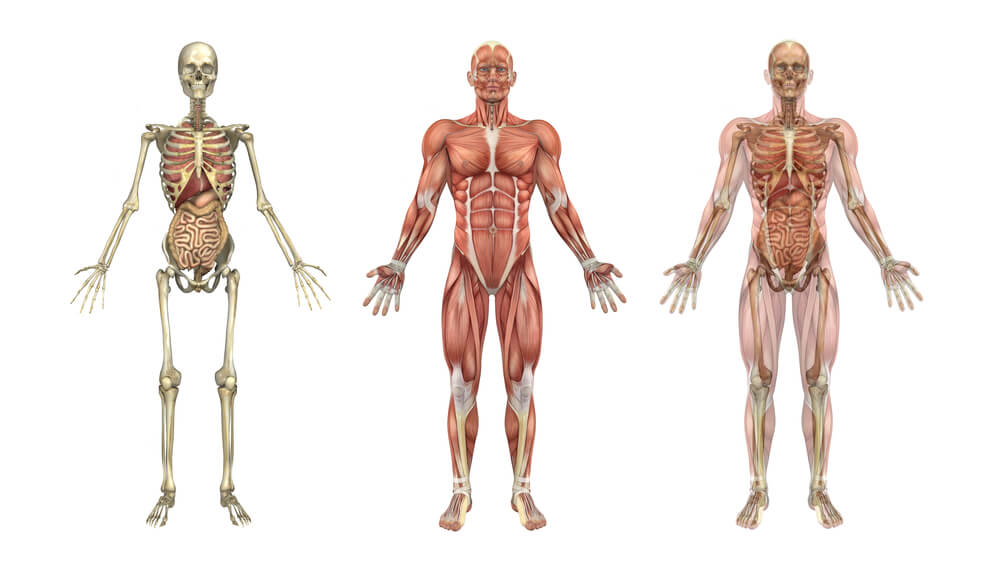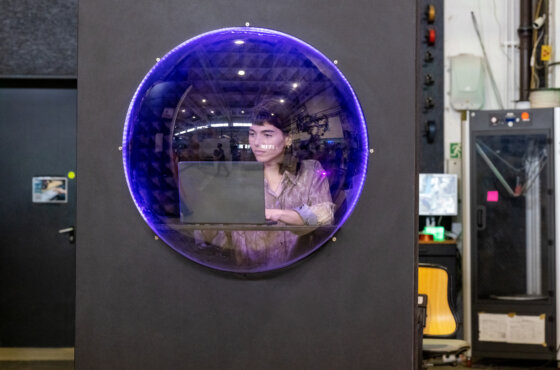An American who donated his mother’s body to science found out that he was used to test a bomb
A man from Arizona donated his mother’s body to a research center in Arizona for research. And it was used to test explosives. Writes about this with the BBC.

Фото: Depositphotos
Jim Stauffer donated his mother's body to the Arizona Biological Resources Research Center for research and was shocked to learn that her body was being used to test explosives. So what happens to the body when it is donated to science?
In early August of 2019, the details of a lawsuit against the Center for the Study of Biological Resources in Arizona became known, where in the 2014 year, during a search, FBI agents discovered the remains of hundreds of parts of human bodies.
The center was closed and an investigation is underway on charges of selling body parts without the consent of the people who donated them.
According to court documents, relatives of the deceased people, who decided to give their bodies for scientific and medical research, believed that the remains of their loved ones would be used for their intended purpose.
Jim Stauffer became one of the plaintiffs. He said that his mother’s body should have been used to study Alzheimer's disease, which she suffered from. Subsequently, he learned that the military on her remains were checking the operation of the bomb.
So how does the system for transferring human remains for research in the United States operate and what is expected of it?
On the subject: A farm of corpses in South Florida: why is it needed?
Why in the USA the system of voluntary transmission of bodies is poorly regulated
In the United States, organ donation is managed by the Department of Health and Human Services, but the voluntary body transfer system for science is not regulated at all.
It is a criminal offense to buy and sell bodies, but it is legal to charge a "reasonable" fee for the "transfer" of remains. This includes removal, transport to storage or destruction.
There is no clear definition of what is “reasonable” to pay for such services. Research centers, as a rule, develop their own rules.
There are also no annual official statistics, either nationally or internationally, on bodies donated for scientific research.
Supposedly, thousands of Americans will bequeath their remains for the needs of education and research, believing that they are doing good, and the bodies will be used for science.
University centers that host the bodies of the deceased usually donate them to medical students. Some of them, such as the University of California, try to make their programs as transparent as possible.
And some, including the University of Tennessee's Anthropology Research Center, informally known as the "body farm," study specific processes, such as criminologists studying how remains decompose when exposed to various factors.
University of California employee Brandi Schmitt said that the fate of a voluntarily transferred body depends on which center it goes to.
“If you want to donate a body for science and research, you need to find out what exactly the organization you want to donate the remains to is, be it a scientific institute, a government anatomy center, a private company, etc. You need to figure out how the donation will be used,” she said.
According to Schmitt, current US law does not adequately protect donors and people involved in medical research.
A single law on organ donation was drawn up by a uniform legal regulation commission, but each state has the right to make changes to it.
“It regulates how and who can execute, amend and revoke organ donation documents, as well as the general intended use of the donation. For example, for transplantation, education or clinical research. But it does not spell out such elements as disclosure of information, specific details of use, movement, tracking, the nuances of deciding on the disposal of a body and the profit scheme,” explains Schmitt.
According to her, it is high time to make the necessary changes in the regulation of this process.
“The lack of specific regulatory elements and variable norms have led to the current situation where donor bodies are misused or the desire of the family to do something useful by donating the body of a relative is not taken into account,” she said.
In addition to the unified law on organ donation, there are other rules on how to deal with the remains. The American Association of Anatomy Specialists has such a set of rules.
On the subject: Study: in the USA the lowest life expectancy among developed countries
It states: “Voluntary body donation programs must clearly state how the corpse will be used.”
Organizations working in this industry may (but are not required to) obtain accreditation, as, for example, the American Association of Fabric Banks did.
The Arizona Center for Biological Resources Research was allegedly not accredited and was a commercial organization. He offered free body delivery and free cremation, thereby attracting the poor.
The owner of the center, Stephen Gore, pleaded guilty to the 2015 year and received a suspended sentence. Several families sued him and his company with accusations of improper handling of the bodies of the deceased and the failure to fulfill the obligations discussed in the statement of consent.
“People considering voluntary donation of [a relative's] body may find themselves in a vulnerable position. Their grief or desire to do something good can be used by other people for their own benefit,” Schmitt said.
What is the situation in other countries
In England, Wales and Northern Ireland, the organ transplantation association is responsible for licensing and verifying organizations to which bodies are voluntarily transferred.
In Britain, such centers 19. As a rule, these centers are found on the Internet or on the recommendation of an attending physician, lawyer or local government.
In other countries, religious beliefs may influence the decision to give up the body for medical research. For example, in some African countries, even organ transplantation is contrary to religious tenets.
A hospital has been operating in Qatar for 12 years, where parts of bodies for research are brought from other countries.
On the subject: 'This happens once every five years': a corpse fell into the courtyard from heaven and nearly killed the owner
Aspetar Hospital has created a program for medical graduates from around the world. Program participants get the opportunity to work with real parts of the bodies of people, and not with props.
The process of obtaining body parts is associated with bureaucratic formalities - six departments are involved in the process. Most body parts (mainly shoulders, knees, ankles and torsos) are imported from the USA.
In Russia, the human body and its organs cannot be the subject of an agreement; therefore, the transfer of the body for scientific research should be free of charge.
In 2012, the Russian government issued a decree “on the transfer of the unclaimed body, organs and tissues of a deceased person for use for medical, scientific and educational purposes.” It specifically emphasizes that only identified bodies can be transferred.
“In addition, the law provides that the body, organs and tissues of a deceased person can be used for medical, scientific and educational purposes in the presence of a notarial “will” from the former (now) owner of the body,” the resolution noted.
Eternal corpse
Although the terrible details of what was happening at the Arizona Biological Resource Research Center drew media attention and the public to the voluntary body transfer industry, this practice itself is considered very important for understanding the human body.
The most striking example is the story of Susan Potter. In 2015, she agreed to voluntarily donate her body to Vic Spitzer of the University of Colorado for the Visible Human Project, which aims to transform human corpses into virtual models.
Susan's body was frozen and divided into 27 thousand plates no thicker than a hair. Each of them was then photographed, and as a result, the woman turned into an immortal version of herself, since the images were combined and the result was a complete three-dimensional image of her body.
Read also on ForumDaily:
A farm of corpses in South Florida: why is it needed?
Good-natured pensioner: the story of the bloodthirsty killer 43 was looking for
Subscribe to ForumDaily on Google NewsDo you want more important and interesting news about life in the USA and immigration to America? — support us donate! Also subscribe to our page Facebook. Select the “Priority in display” option and read us first. Also, don't forget to subscribe to our РєР ° РЅР ° Р »РІ Telegram and Instagram- there is a lot of interesting things there. And join thousands of readers ForumDaily New York — there you will find a lot of interesting and positive information about life in the metropolis.











